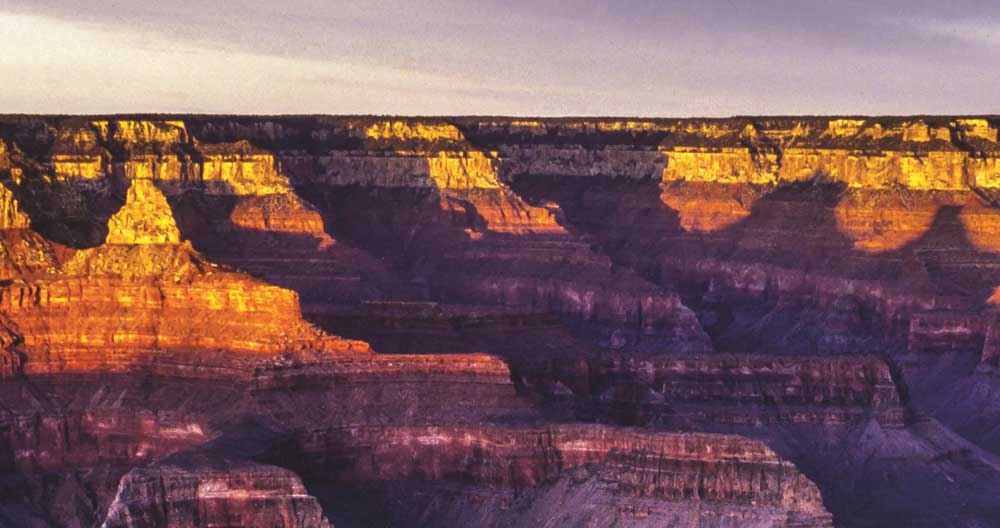THE GRAND CANYON ….
Published 2:36 am Sunday, December 23, 2018

- THE GRAND CANYON ....
CREATES ITS OWN WEATHER
Sudden changes in elevation have an enormous impact on temperature and precipitation. The weather varies drastically depending on the location in the Grand Canyon. The coldest, wettest weather station in the region is the Bright Angel Ranger Station on the North Rim, while the hottest (and one of the driest) is just 8 miles away at Phantom Ranch.
Trending
IS NOT THE DEEPEST
The Yarlung Tsangpo Grand Canyon in Tibet plummets 17,567 feet, making it more than 2 miles deeper than the Grand Canyon’s 6,093 feet. The Tibetan canyon also is about 30 miles longer than the Grand Canyon.
HAS NO DINOSAUR BONES
The Grand Canyon might look like the perfect place to look for dinosaur bones, but none have ever been found there. The rock that makes up the canyon walls is vastly more ancient than the dinosaurs — about a billion years more ancient, in some cases — but the canyon probably didn’t form until after dinosaurs were gone.
HAS LOTS OF OTHER FOSSILS
While dinosaurs might have missed out on the Grand Canyon, lots of fossils found there suggest other creatures frequented the location. They range from ancient marine fossils dating back 1.2 billion years to fairly recent land mammals that left their remains in canyon caves about 10,000 years ago.
Trending
IS LACKING FISH
Prior to modern flood control measures, the Colorado River’s heavy silt, frequent floods and temperatures ranging from extreme heat to subfreezing provided a difficult habitat for fish. Only eight fish species are native to the Grand Canyon, six of which are found nowhere outside of the Colorado River.
HAS A TOWN
The Grand Canyon has a human population. Supai Village is located at the base of the Grand Canyon within the Havasupai Indian Reservation. Inaccessible by road and with a population of just 208, it is the most remote community in the lower 48 states and the only place where mail is still delivered by pack mule.






